A groundbreaking aerial photograph taken in 1860 by James Wallace Black offers a unique bird’s-eye view of Boston, marking a significant milestone in the history of photography and aerial imagery.
This historic image, titled “Boston, as the Eagle and the Wild Goose See It,” was captured on October 13, 1860, from a hot-air balloon hovering 1,200 feet above the city. Black collaborated with balloon navigator Samuel Archer King to achieve this feat, using King’s balloon named “Queen of the Air.”
Pioneering Aerial Photography
While French photographer Nadar had conducted early experiments in balloon photography just two years earlier, Black’s image is considered the first clear aerial photograph of a city and the oldest surviving aerial photograph in the United States.
Black used 8 glass negative plates measuring approximately 10 x 8 inches to capture the cityscape. Of these attempts, only one resulted in a good print – the now-famous “Boston” image that gives us a glimpse into mid-19th century urban layout.
Technical Challenges and Innovations
Aerial photography in this era posed significant challenges. Photographers had to contend with the motion of the balloon, long exposure times, and the need to process wet plates quickly. Black’s success in overcoming these obstacles was a remarkable achievement.
The clarity and detail captured in this image are impressive considering the technological limitations of the time. It provides historians and urban planners with valuable insights into Boston’s 1860 cityscape and development.
Historical Context and Impact
This photograph was taken on the eve of the American Civil War, a period that would soon see aerial reconnaissance become an important military tool. While there’s no credible evidence of successful aerial photography during the war itself, Black’s achievement laid the groundwork for future developments in this field.
Legacy and Influence
Black’s pioneering work in aerial photography was part of a broader trend of experimentation in the medium. From Nadar’s balloon flights over Paris to later innovations like kite and pigeon photography, these early attempts pushed the boundaries of what was possible with a camera.
Today, as we live in an age of ubiquitous satellite imagery and drone photography, it’s fascinating to look back at these early efforts. They remind us of photography’s power to change our perspective – quite literally, in this case – and offer new ways of seeing the world.
DroneXL’s Take
The story of James Wallace Black’s 1860 aerial photograph of Boston resonates strongly with today’s drone photography community. It highlights how the desire to capture aerial views has been a driving force in photographic innovation for over 150 years.
As we’ve recently explored on DroneXL, modern Drone Technology has democratized aerial photography, allowing hobbyists and professionals alike to capture stunning bird’s-eye views. The challenges faced by pioneers like Black – stability, image quality, and processing – are still relevant, albeit in different forms, to today’s drone photographers.
This historical perspective gives us a deeper appreciation for the ease with which we can now capture aerial images. It also inspires us to keep pushing the boundaries of what’s possible with drone photography, just as Black did with his hot air balloon over a century and a half ago.
What are your thoughts on this piece of photographic history? How do you think early aerial photographs like Black’s have influenced modern drone photography? Share your views in the comments below.
Photo credit: James Wallace Black / Metropolitan Museum of Art / Wikipedia.
Discover more from DroneXL.co
Subscribe to get the latest posts sent to your email.


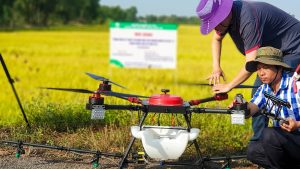
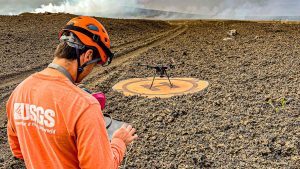
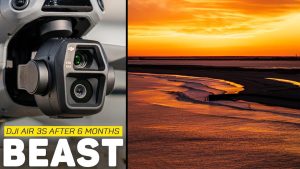


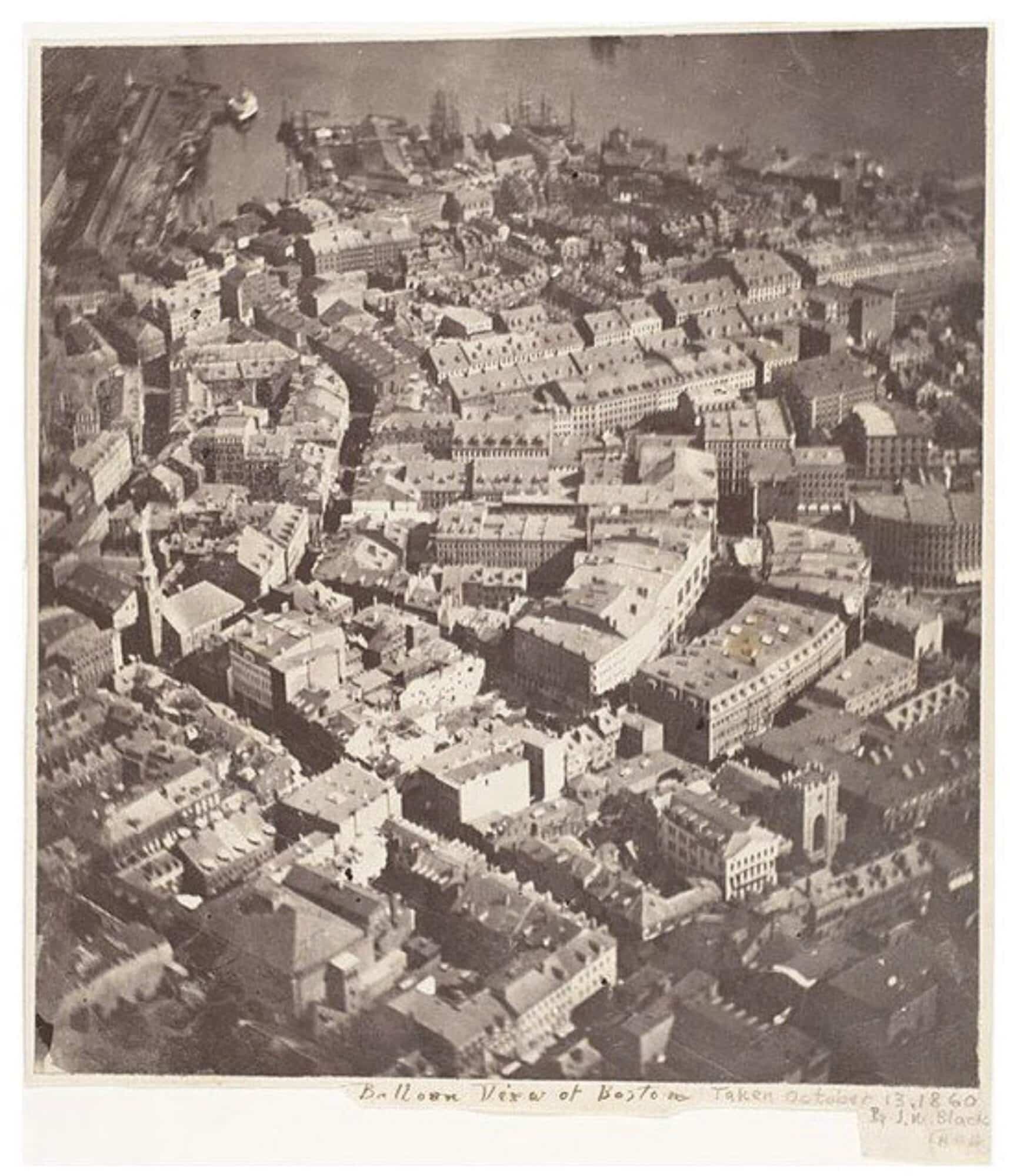


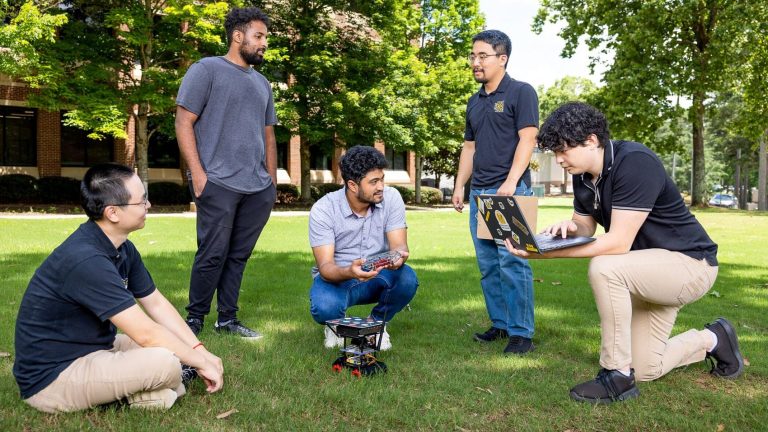
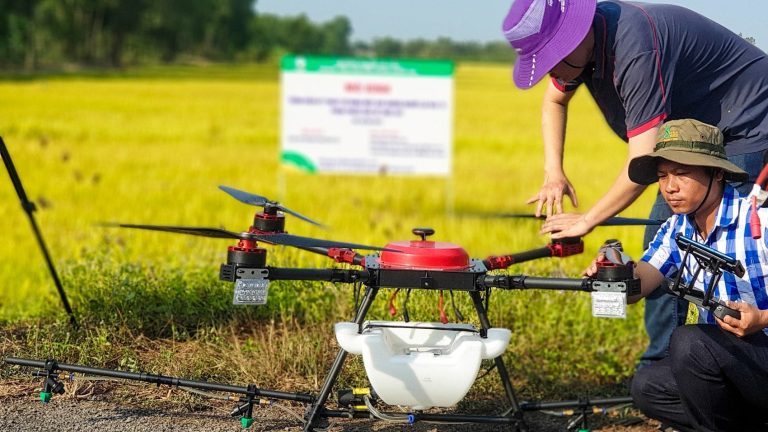
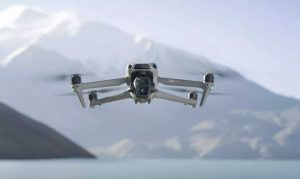
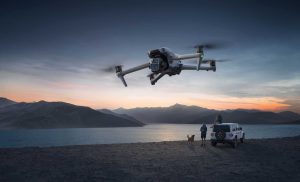
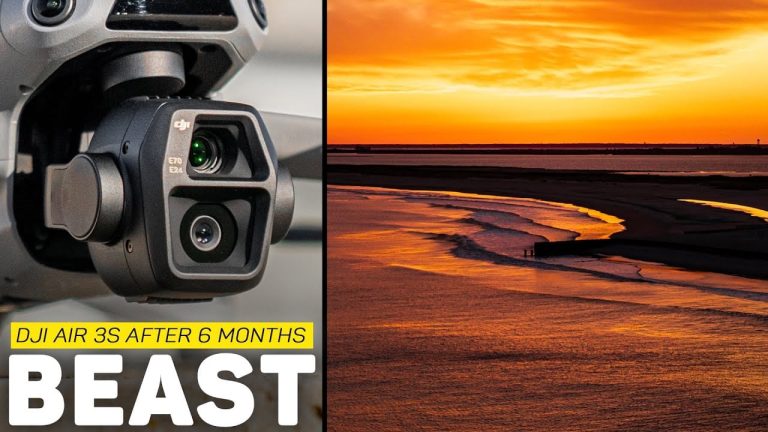

+ There are no comments
Add yours